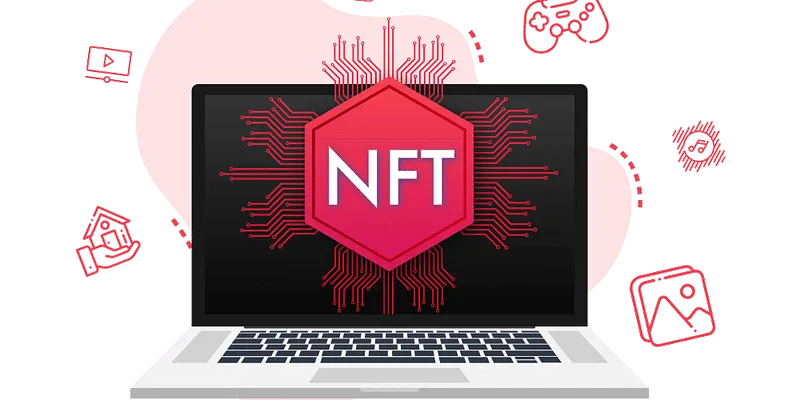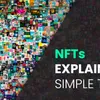Wall.app is building a social discovery platform for easy access to NFT analytics, trends
Launched in 2021 by Anuj Kodam and Amarnath JV, Wall.app is a social NFT discovery platform that makes it easy for users to discover and stay up-to-date with trends, collections, projects, and other stakeholders in the NFT sector.
Entrepreneurs Anuj Kodam and Amarnath JV felt something was amiss when in 2021, the Non-Fungible Token (NFT) market boomed and saw an increasing number of startups innovating in the space.
According to them, no reliable platforms provided easy access to analytics, on-chain data, and trends in the NFT market.
With their 2021-founded Web3 project , Anuj and Amarnath are looking to build a social NFT discovery platform by collating on-chain data and off-chain information to help users discover and stay up-to-date with hot, new NFT projects and people.
“On Wall.app, users can look at NFT data on Ethereum in terms of volumes, price action, the number of sales, track leading NFT collections, get details on specific whale wallets that move markets, big sweeps in the sector, and other highlights,” says Anuj in an interview with The Decrypting Story.
Further, the platform curates lists of wallets to see what they are up to and also allows users to compile their lists. At present, Wall.app is working on its beta launch. The project claims that about 6,500 people used the product in its private alpha stage.
Wall.app has the entire index data relevant to the Ethereum blockchain as it provides NFT analytics for data on this chain. Moreover, it leverages this data to build analytics tables on top.
Anuj says, “We utilise data from specific sources and index it into our databases. In the long run, this stack can be built by somebody else, but since it’s not available already, we are doing it ourselves.”
“We are looking at Solana as the next chain. Our backend database is chain-agnostic since we can customise our tables for data from other chains, and this makes the platform scalable,” he adds.

The early days
In 2017, Anuj stumbled into the world of Web3 and crypto after quitting his job at Ola and spending time playing poker professionally. He noticed several similarities between the lack of transparency in online poker platforms and the lack of easily accessible information on blockchain-based assets like crypto and NFTs.
“End users had no intelligence to guide them to make smart decisions in speculative markets. My co-founder Amarnath (who I have known for 10 years), was aligned with me in solving this problem. At the time, he was building a decentralised virtual private network (VPN). Together, we ventured into this space to figure out what we could do,” Anuj says.
After generating user feedback and iterating its product, Wall.app is now building a go-to-resource platform for NFT users. It is targeting 100,000 daily active users. So far, the project has raised $1 million from Woodstock, Arcanum, and Lancer Capital.
In the long term, it aims to be the go-to place for NFT social experiences.

Building in a volatile market
Even with the likes of Metalink, Context.app, and Showtime building in the NFT social discovery space, Anuj believes Wall.app’s long term vision will play out in a market that’s in a growth stage and has many pieces in the puzzle left for builders and innovators to solve.
“The idea of a differentiated product makes sense in a saturated market, but the NFT market is growing and will see the second wave of adoption. And for this to happen, there are many problems to solve, and we are focussing on simplifying data consumption and gamifying user experience,” he explains.
For the co-founders, it is also critical to remove or filter out misleading NFT data transactions. For instance, if users are airdropping NFTs into a specific whale wallet, it appears as if the whale is actively minting large volumes of NFTs. While this is a negative signal, it may appear positive if one were to go purely by transaction data.
“This is where a layer of intelligence on top of the transaction layer is required. A layer is required for a hygiene check to remove misleading or junk data. We have addressed this issue for whale wallets, where the users are only shown legitimate whale activity in their feeds and whale alerts,” Anuj explains.
Edited by Suman Singh









